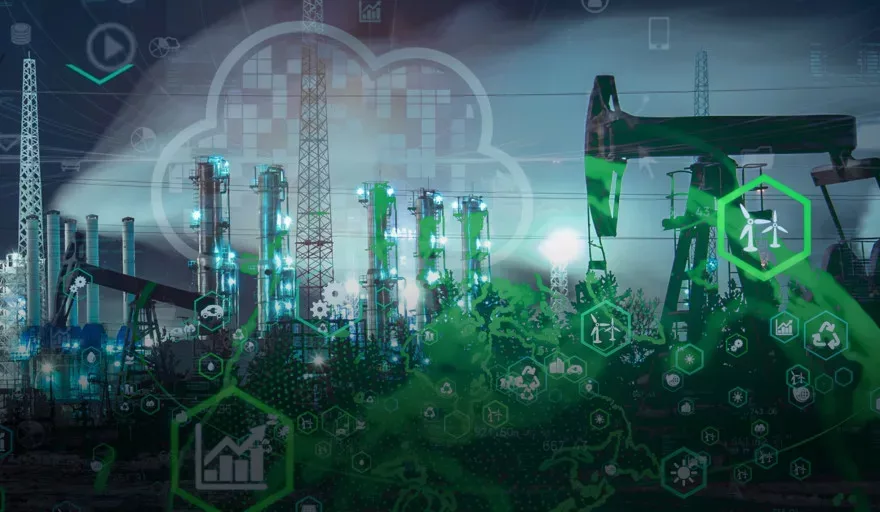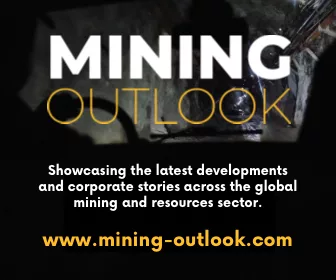INTRODUCTION
SUPPLY CHAIN CONSTRAINTS
Lockdowns hamper operations and put pressure on demand for key commodities which in turn disrupts global supply chains. While vaccination programmes are gaining traction, they have not proved the absolute protection many hoped. This has curtailed operations at mines – particularly those who have had outbreaks of the COVID-19 Omicron variant in the workforce.
One added complication is that some important supplies – particularly mineral and metal deposits needed for low carbon technologies are generally concentrated in specific regions like South Africa, Democratic Republic of Congo (DRC), Chile and Bolivia. This can result in supply bottlenecks should investments in production capacity not meet demand, or if there are disruptions and breakdowns in their institutions, regulations, or policies. Changes in mining codes specifically higher royalties and taxes to plug budget deficits caused by COVID-19 can also impact supply chains.
The supply constraints will continue despite intensive exploration efforts. While exploration is likely to focus on regions that have largely mitigated the pandemic’s impacts and those on the road to recovery, few of the resulting discoveries will be developed in time to meet medium-term supply requirements.
EXTERNAL STAKEHOLDER INFLUENCES AND THE GREEN TRANSITION
Government intervention will continue to rise across emerging and developed markets as countries race to control critical and strategic minerals for the green and digital economy and capitalise on high commodity prices.
Mining resource nationalism isn’t a new trend but we have witnessed an explosion in 2021, posing risks to project cycles. Rise in taxes and royalties along with changes in policies and contracts being renegotiated are likely to lead to more clashes with mining companies. The trend is spreading across the world and is now noticeable in sub-Saharan Africa (the DRC, Mali, Zimbabwe, South Africa, Guinea) and Latin America (Mexico, Peru, Chile) among others.
With increased oversight in mining projects and higher costs due to tax increases, project cycles will slow causing project delays and backlogs which inevitably will lead to depleted stockpiles.
The energy transition is full of complexities and paradoxes, one of them being that metals are critical for green transition technology, including renewables and batteries, while the mining sector’s social license to operate is increasingly being battled amidst rising public opposition to mines. With more watchful eyes from the public, government, and investors on environmental issues, mining operations are under scrutiny. This has led to a surge in community protests against mining companies in countries like Peru, Chile and Serbia most recently. This creates volatile ground for new mining projects which are now at risk of delays, overrunning costs or even cancellations. As a consequence, the supply pipeline will be constrained, and higher metal prices could slow down the progress of the green transition.
TAPPING INTO AFRICAS MINING POTENTIAL
Africa is endowed with abundant mineral resources, including gold, silver, copper, uranium, cobalt, and many other metals which are key inputs to manufacturing processes around the world.
GOLD VS CRYPTO VS GREEN METALS AND MINERALS
2022 is a pivotal year for mining as the sector lies in the centre of a global energy transition and the industry will be expected to “mine with principles” and force mining companies to reshape their role. Digital innovation should no longer be a ‘nice to have’ and strategies and business models will need to be bolder to create long term value and a secure future in a new energy world.































